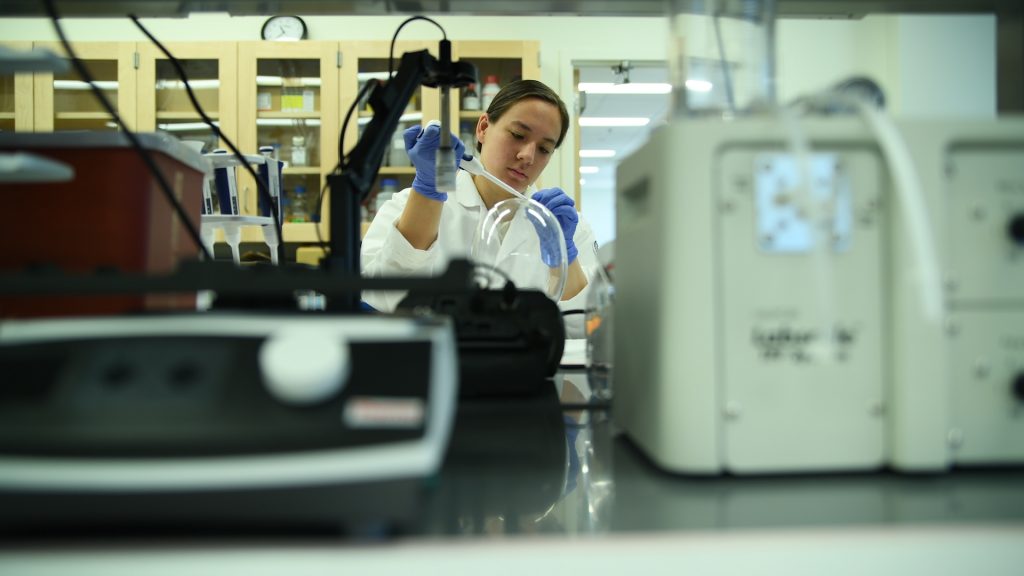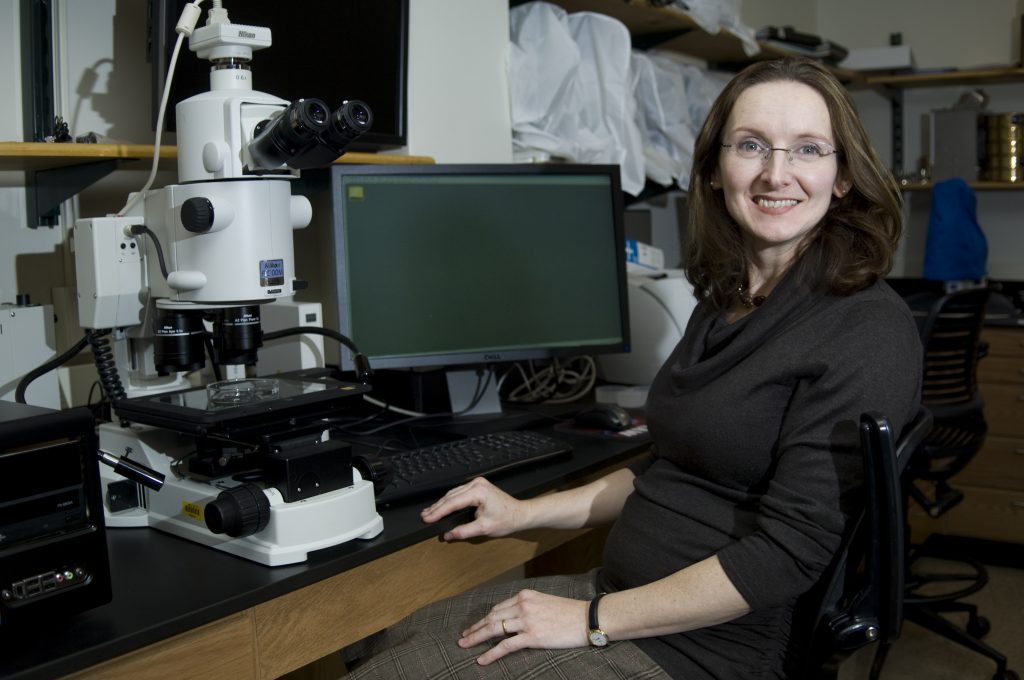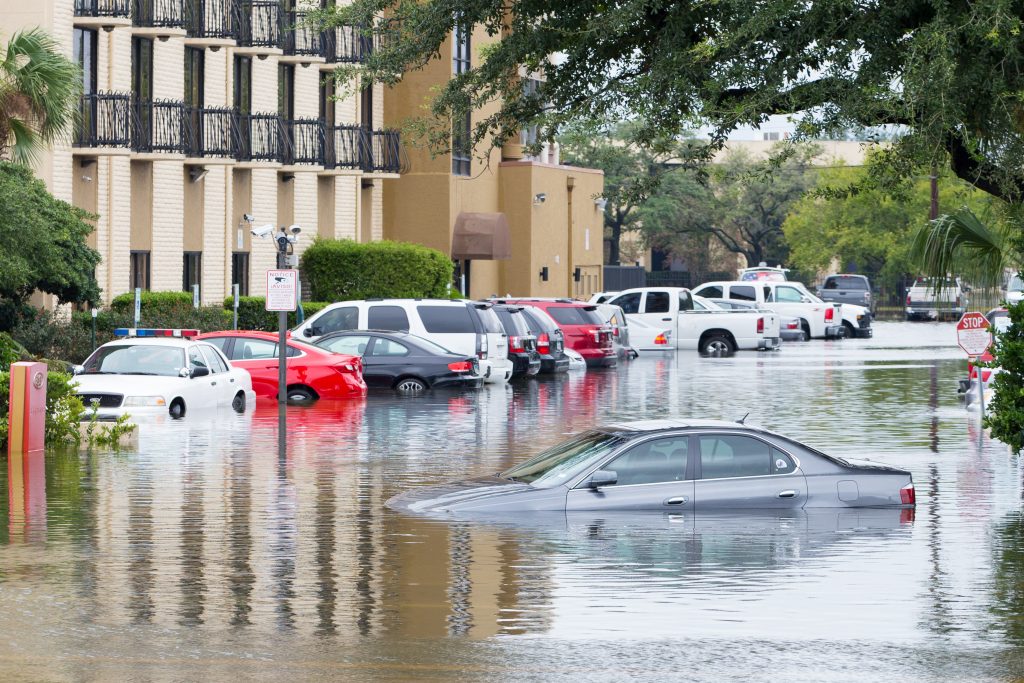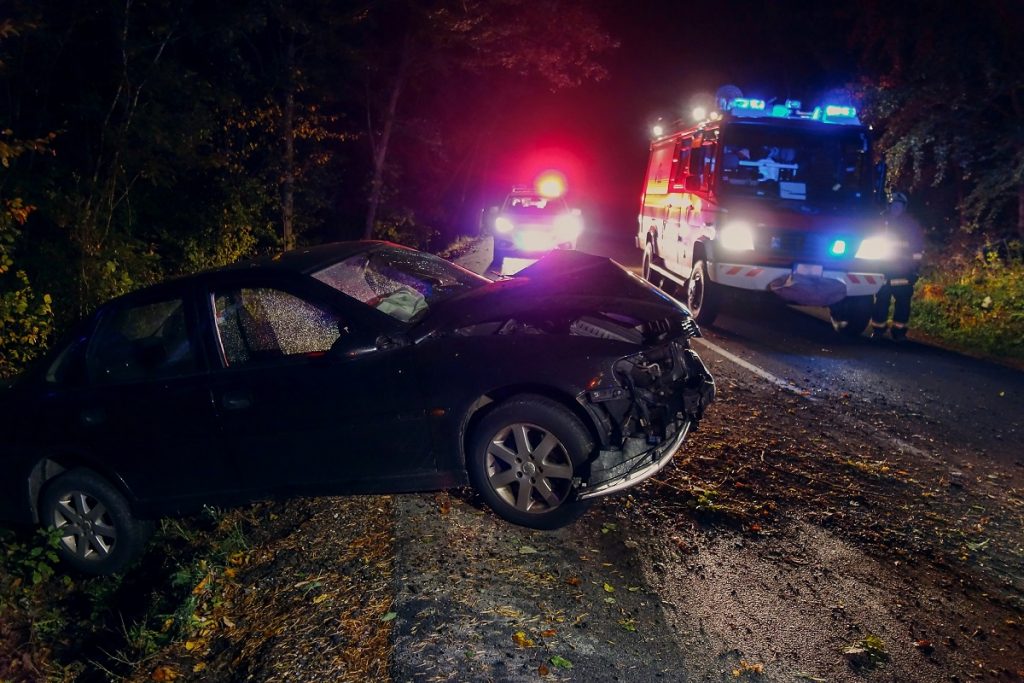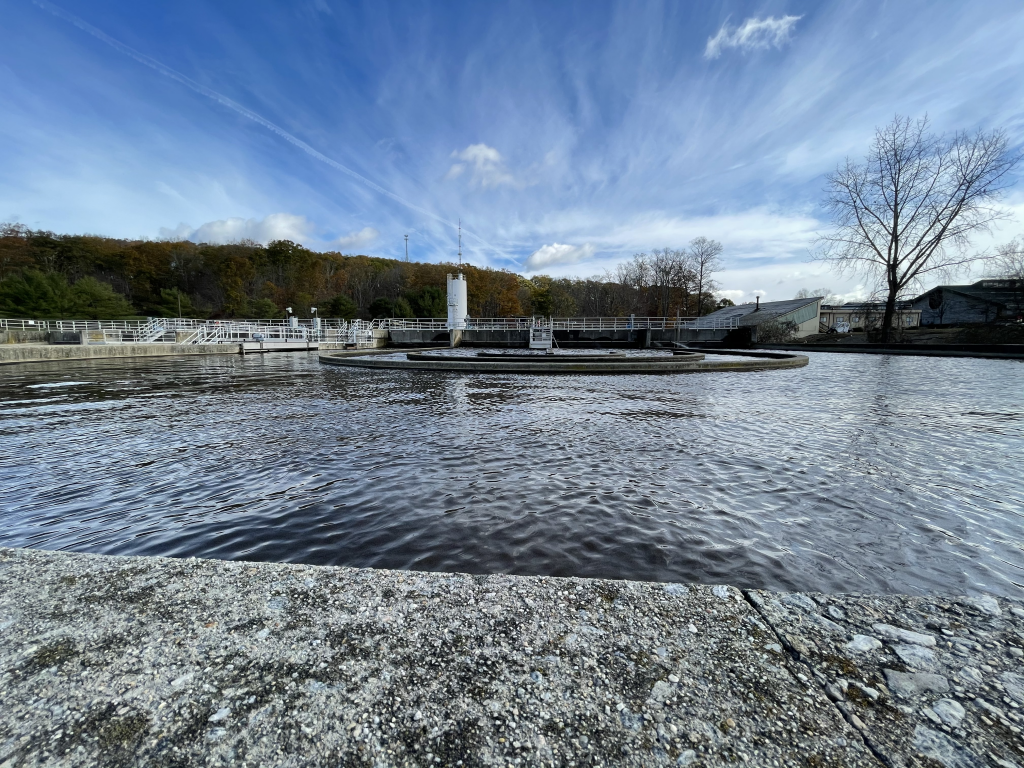Research & Discovery
School of Dental Medicine Reaches Highest Research Ranking in School History
The UConn School of Dental Medicine ranks 8th among all dental schools in the United States for research funding from the National Institutes of Health
March 25, 2021 | Courtney Chandler
Quarterly Recap of Pharmacy Faculty Research Grants – FY 2021 Q2
Recapping the quarter beginning October 1, 2020 through December 31, 2020, the UConn School of Pharmacy congratulates the following Departments of Pharmaceutical Sciences and Pharmacy Practice faculty and their teams for their FY 2021 Q2 research grant awards* totaling $942,819.00:
March 24, 2021 | Karin Whiting Burgess
Rudd Center’s Schwartz Helps Develop Toolkit For Food Banks
Food banks and pantries need to measure in nutritional quality and not just bulk weight
March 23, 2021 | Mike Enright '88 (CLAS), University Communications
UConn Researcher Studying Molecular Underpinnings of Disordered Breathing in Rett Syndrome
Physiology and neurobiology professor Daniel Mulkey is investigating how specific potassium channels contribute to a serious Rett syndrome symptom.
For Ancient Farmers Facing Climate Change, More Grazing Meant More Resilience
How changing their lifestyle helped people in an ancient settlement adapt to a new reality
March 23, 2021 | Elaina Hancock
For College Students with Disabilities, Communication is Key in Online Learning, Researchers Find
The pandemic prompts a major shift - in some cases, for the better
March 18, 2021 | Jaclyn Severance
Research: Flood Risk Behavior is Driven by Local Water Conditions, but Shaped by Race
'Some cities just live with risk' as flooding increases
March 18, 2021 | Elaina Hancock
There’s More Than One Way to Splice a Gene
UConn researchers are investigating how alternative splicing plays a key role in inflammation, a key part of the immune response.
Traffic is Down on American Highways During the Pandemic – But Vehicle Deaths Are Up
During the stay-at-home period, the incidence rate of fatal single-vehicle crashes increased 4.1 times
March 16, 2021 | Eric Jackson, Director of the Connecticut Transportation Safety Research Center and Marisa Auguste, Behavioral Research Assistant at the Connecticut Transportation Safety Research Center
How Marine Animals Could Be Used to Clean Up Nature’s Big Pollutant: Microplastics
'Nature's perfect filtering machines' to the rescue
March 15, 2021 | Eli Freund
